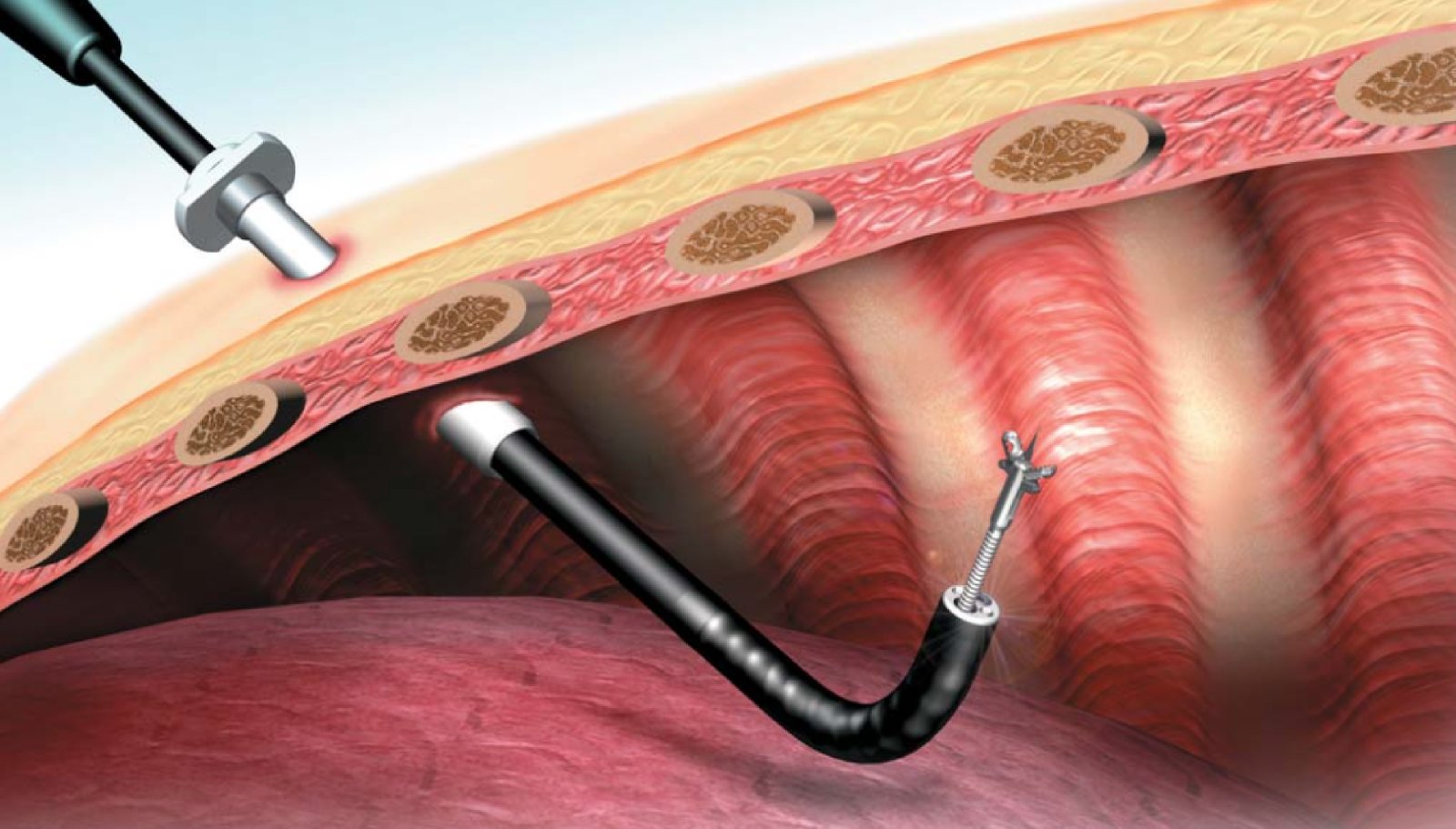
Advanced Thoracoscopy Services
What is Thoracoscopy?
Thoracoscopy, also known as video-assisted thoracoscopic surgery (VATS), is a minimally invasive surgical procedure used to diagnose and treat conditions within the thoracic cavity. It involves inserting a thoracoscope (a small camera) through small incisions in the chest to provide visualization and access to the lungs, pleura, and mediastinum.
Indications for Thoracoscopy
Thoracoscopy is indicated for various conditions, including:
- Diagnosis and treatment of pleural effusions.
- Biopsy of lung masses or lymph nodes.
- Management of lung cancer, including wedge resections.
- Evaluation of interstitial lung disease.
- Assessment and management of mediastinal masses.
Procedure Overview
The thoracoscopic procedure typically involves the following steps:
- Anesthesia: General anesthesia is administered to ensure patient comfort and safety during the procedure.
- Incisions: Small incisions (usually 2-3) are made on the chest wall to insert the thoracoscope and other instruments.
- Visualization: The thoracoscope provides high-definition video of the thoracic cavity, allowing the surgeon to assess the area.
- Interventions: Depending on the indication, various interventions such as biopsies, fluid drainage, or resections can be performed.
- Closure: The incisions are closed with sutures or adhesive strips, and the patient is monitored post-procedure.
Benefits of Thoracoscopy
Thoracoscopy offers several advantages over traditional open surgery:
- Reduced postoperative pain and shorter recovery time.
- Less scarring due to smaller incisions.
- Lower risk of complications such as infection and bleeding.
- Quicker return to normal activities.
Post-Operative Care
Post-operative care is crucial for recovery and may include:
- Monitoring vital signs and respiratory status.
- Pain management using medications.
- Encouraging deep breathing exercises to prevent complications.
- Follow-up appointments for wound care and assessment.
Risks and Considerations
While thoracoscopy is generally safe, it is essential to be aware of potential risks, including:
- Pneumothorax (collapsed lung).
- Infection at the incision site.
- Bleeding.
- Injury to surrounding structures, such as blood vessels or nerves.
Conclusion
Thoracoscopy is a valuable tool in modern medicine for diagnosing and treating various thoracic conditions. Its minimally invasive nature and associated benefits make it an attractive option for both patients and healthcare providers. Timely intervention and comprehensive follow-up care can significantly improve patient outcomes and quality of life.